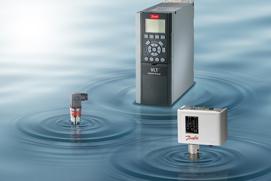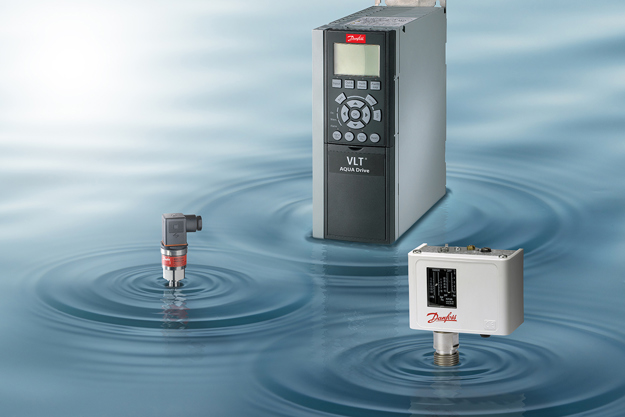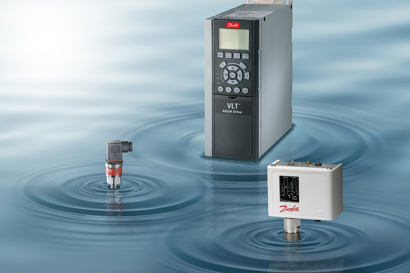To bring down non-revenue levels, water utilities need to focus on ongoing monitoring and pressure management at every step of the distribution system. Today, water utilities in countries all over the world are wasting water due to ineffective water distribution systems. In fact, the average level of non-revenue water is 25-30% – water that is lost or never invoiced for due to illegal connections, inaccurate billing systems, inaccurate metering, and leakage etc.
The problem with water loss is not only limited to developing countries – it is a global phenomenon. For instance, in the cities of Oslo and Chicago close to a fourth of the water distributed never reaches the customers’ water meters.
Read more
-
if (isSmallPicture) {


 Water supply
Water supplyClose to one third of the world’s population currently lives in water stressed and scarcity areas. Danfoss has solutions that can help communities reduce their water loss, save energy and reduced investment in pipe replacement.




